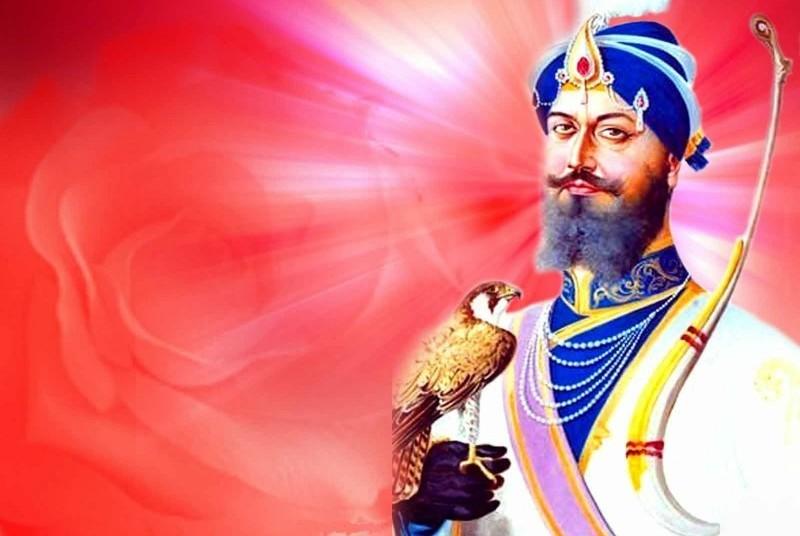Guru Gobind Singh Jayanti 2021: Guru Ji Founded Khalsa Panth
Guru Gobind Singh Jayanti 2021: Guru Gobind Singh, the leader of the tradition of sacrifice and courage. When the national light was covered with darkness, the perpetual incarnation by the foreign invaders and the terrorists had dimmed the eternal light of the culture-sun, the antidote to resistance and resistance to the non-invasive forces.
This happened when a religious sultan sitting on the throne of Delhi was stubborn and obsessed to paint the entire country in the same color, when the rest of India, except for a few exceptions, accepted that injustice and tyranny as their fate.
Had started, then in such dark times, a personality emerged on the national plank, whose sacrifice and sacrifice, courage, and valor shook the cries of the Mughal Sultanate. Which laid the foundation of such a unique tradition, whose example is not found in world history.
Whom we all know and respect with the names, surnames, and titles of the tenth Guru-Guru Gobind Singh Ji, Dashmesh Guru, Kalgidhar, Bajanwale, Sarbansdani, etc., are revered and revered in their deeds.
At that time, during the reign of Aurangzeb, atrocities on Hindus started increasing throughout India. This atrocity in Jammu and Kashmir and Punjab also crossed the limits of barbarism.
A group of Kashmiri Pandits suffering from the atrocities of heretical rulers reached the court of Guru Tegh Bahadur with the plea that a condition was laid before them that if a great man does not accept Islam and sacrifice himself, they will not be forced to convert.
At that time, at the young age of nine, Guru Gobind Singh Ji told his father, ‘Who can be greater than you!’ Guru Tegh Bahadur gladly sacrificed himself to save those Kashmiri Pandits from the cruelty of Aurangzeb.
After his sacrifice, Guru Gobind Singh Ji was appointed the tenth Guru of the Sikhs on the same day.
In view of the cultural upliftment of the nation, Guru Gobind Singh Ji asked for the title of five disciples at a meeting of about 80,000 gurus at Anandpur Sahib on March 30, 1699, when the group of devotees present there were stunned.
In such a void environment, Lahore’s Khatri youth Dayaram stood up. Guru Ji held his hand and took him back to the tent. After a while, the Guru came back and addressed the Sangat again and said – ‘I want more Shish.’
Mohkam Singh of Chhepa Samaj of Dwarka (Gujarat) stood, then the young man Sahib Chand, a barber from Bidar (Karnataka), and finally Jhivar Himmat Singh of Jagannathpuri.
There was no place for the joy and surprise of Sangat when Guru Ji brought out the five with full lion robes and decorated dastars (pagadis) and announced that this is my Panj Pyaar.
Taking his symbolic sacrifice, Guruji laid the foundation of a new Khalsa Panth. He gave a new sutra to the Khalsa Panth, ‘Vahe Guru Ji ka Khalsa, Vahe Guru Ji ki Fateh.’
He gave the Khalsa a new surname of ‘Singh’ with five symbols – hair, bracelet, saber to get ready in every situation, Wearing comb and briefs declared mandatory.
Khalsa means one who is pure of mind, deeds, and words and who has a sense of dedication to society. In fact, Guru Gobind Singh Ji created a class of Khalsa sect, which was always ready for society and national interest. He embodied a great religious and social revolution by creating a class-less, varna-less, caste-inferior system.



